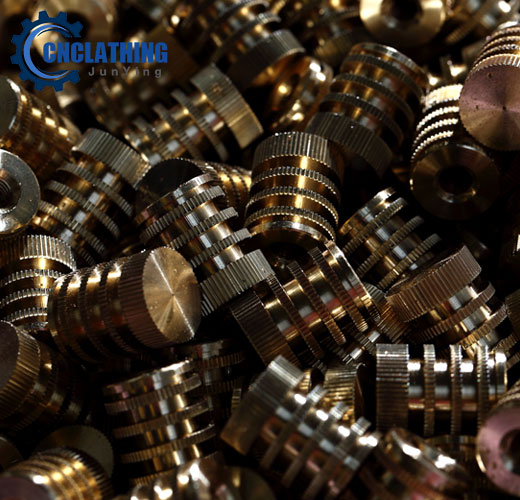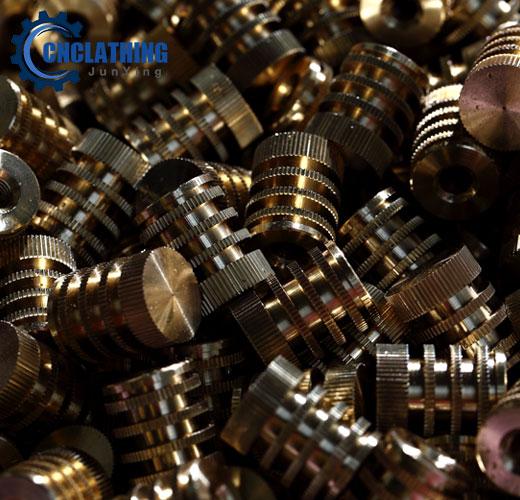This is as a result of the fact that these characteristics make cutting an exceptionally difficult task. During the process of machining, it is strongly recommended that floating deburring be used. This is because floating deburring removes burrs from surfaces without damaging them.
The floating deburring system is typically installed in CNC machining centers or robots, which enables it to remove burrs in an automated fashion. Floating deburring systems are also known as float deburring systems. It is possible for the system to perform the tasks that it is capable of performing due to the fact that it can be installed in either of these two categories of computers. It is able to remove burrs in a flexible manner and enables the floating mechanism and the cutter to take the subsequent processing for the burr that is on the workpiece. This is because it can remove burrs in a flexible manner. In addition to that, it is able to remove the burrs from the surface. In addition to the fact that this will not in any way compromise the surface quality of the workpiece or the precision of the workpiece in any way, it also has the potential to lower the amount of error brought on by the positioning of the workpiece, which, in turn, makes the process of programming significantly simpler. Both of these benefits come from the fact that this will not in any way compromise the precision of the workpiece.

Once it has been set up, this collection of tools, when installed in a machining center that is computer numerically controlled (CNC), not only performs exceptionally well in terms of automatic tool change and multi-step processing, but it is also very easy to use. This is because it was designed to be very user-friendly from the beginning. This is because the programming that controls the CNC machine is written in a language that is based on binary numbers. As a result, the CNC machine cannot be manually controlled. This is due to the fact that floating deburring does away with the requirement for manual grinding and deburring. In the absence of automation in the process, the workpiece would have been produced with the same degree of precision as it would have had it been made in any other circumstance. Businesses that engage in modern processing have developed a wide variety of additional methods to deburr. One of the ways that these companies are saving money and one of the ways that they are lowering their overall costs is by lowering the amount of money that they spend on labor-related costs. This is one of the ways that they are overcoming this obstacle and one of the ways that they are lowering their overall costs.
Floating deburring allows for a reduction in the amount of money spent on labor as well as a reduction in the percentage of defective parts that are caused by errors made while manual operation is being performed. Both of these benefits contribute to a reduction in the overall cost of the production process. Both of these benefits contribute to a reduction in the overall cost of the production process, which is a result of the combined effect of both of these benefits. Both of these cost savings can be accomplished by reducing the overall number of defective components that are present in the product. This will allow the overall quality of the product to improve.
Ensure that the finished product has an appealing visual appeal by checking that the tool is able to automatically perform radial or axial offset in accordance with the specific contours of the workpiece. This will ensure that the finished product has an appealing visual appeal. The floating mechanism of the tool makes it possible for this functionality to be realized, which in turn makes this possibility a reality. Because of this, the tool is more versatile and can be used in a wider variety of settings, which makes it more useful and increases its overall efficiency. Because milling aluminum is equipped with a variable speed drive, it is able to accomplish this goal. This objective can be realized thanks to the presence of a variable speed drive within the device in question. In addition, there is not a single wire present that could in any way contribute to the protection of the operator.
Increase productivity: the installation of floating deburring equipment is very simple; it can be directly installed on the machine and does not require any additional equipment; the same is also simple to disassemble and replace, which helps to save a great deal of time during the installation process; and because it is equipped with high-speed pneumatic spindles, it is able to remove flash, burrs, and overflows effectively, which significantly improves the machining precision; and finally, because it is able to remove flash, burr
With the assistance of a machining center, it is possible to carry out machining operations not only in a two-dimensional space but also in a three-dimensional space. This is the case regardless of whether the space in question is planar or three-dimensional.
Three-dimensional machining is one of the subfields that fall under the umbrella term of "machining," which refers to the operation of processing a solid surface under the control of the interpolation function of the CNC system of the machining center. This operation is known as three-dimensional machining. The process of performing a variety of machining operations, such as milling, drilling, reaming, and boring, on a plane workpiece with the assistance of a CNC machining center is referred to as plane machining. During the entirety of the process of machining in three dimensions, the portion of the workpiece that is flat is never at any point in time utilized in any way, shape, or form. Workpieces that have complex curves and contoured contours are two examples of the types of objects that need to be machined. Other examples of workpieces that need to be machined include contoured contours. Specifically, the machining tools and machining processes that are utilized in the carrying out of these two processes that are carried out by machining centers are distinct from one another, specifically as will be detailed in the following paragraphs. In addition, the machining tools and machining processes that are utilized in the carrying out of these two processes that are carried out by machining centers are distinct from one another.
Additionally, the machining tools and machining processes that are utilized in the carrying out of these two processes that are carried out by machining centers are distinct from one another and do not overlap with one another in any way.
The capabilities of the aircraft in terms of processing are being discussed at this time.
Machining a plane with a machining center is a process that is not even close to being as complicated as machining a surface, especially when compared to the former. Machining a surface requires a lot more precision and accuracy than machining a plane does. The term "typical plane machining" refers to a broad category of processes that can include both "cavity machining" and "contour machining." These two types of machining fall under the umbrella of "typical plane machining."The term "typical plane machining" refers to the category of processes that fall under this heading. The processes that are classified under this heading are referred to collectively as "typical plane machining," which is also a term.

